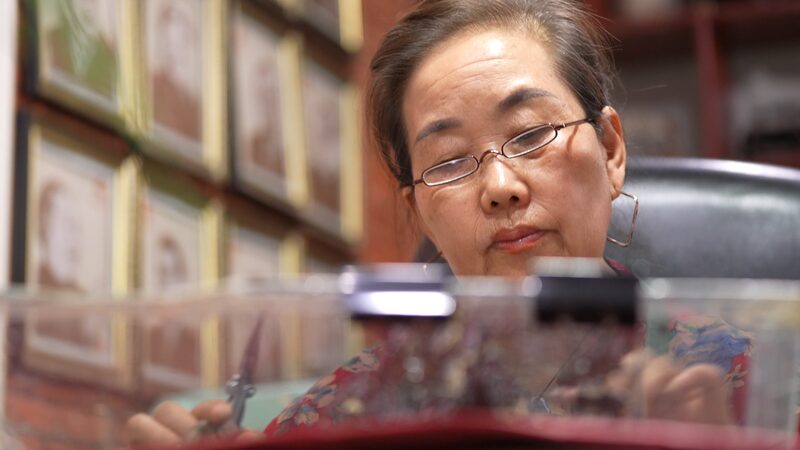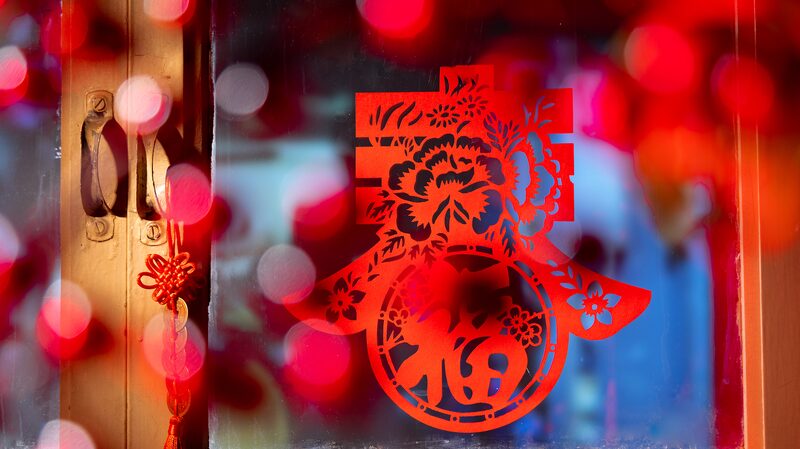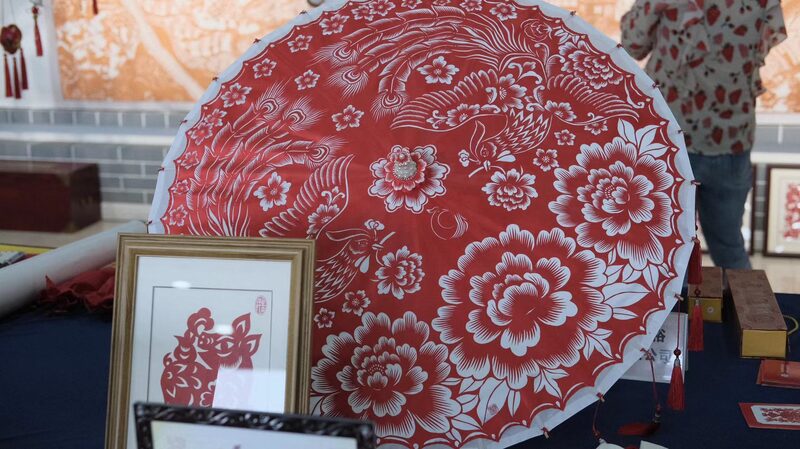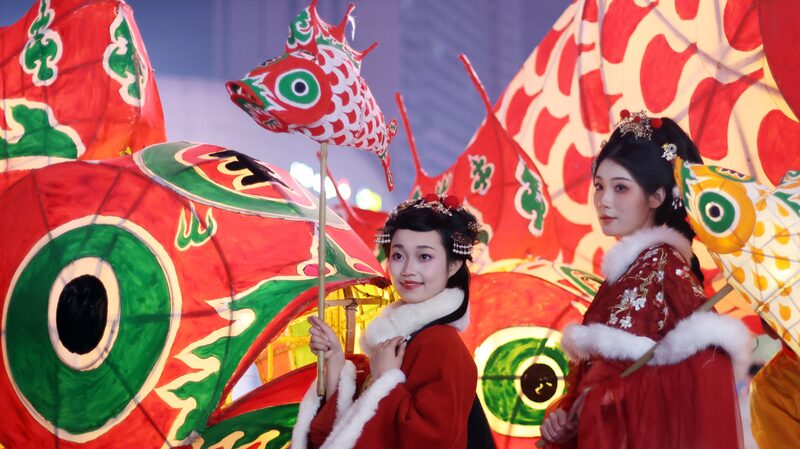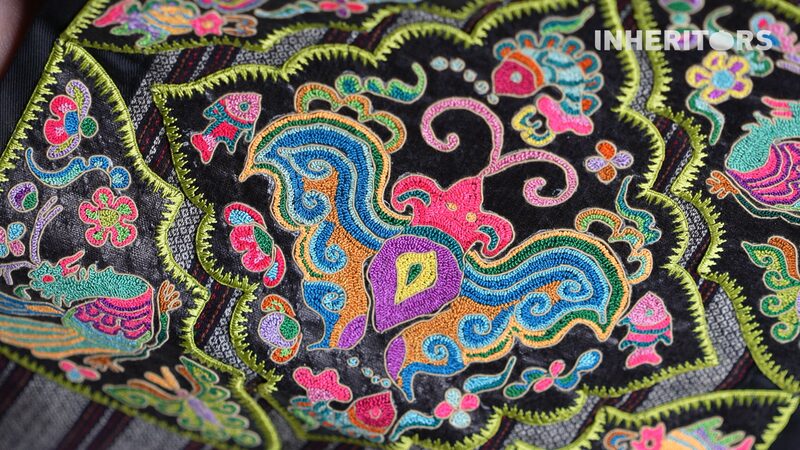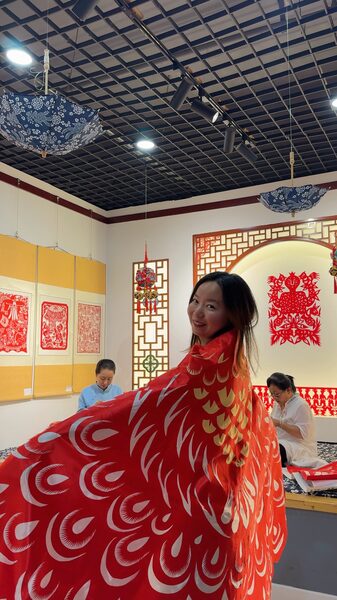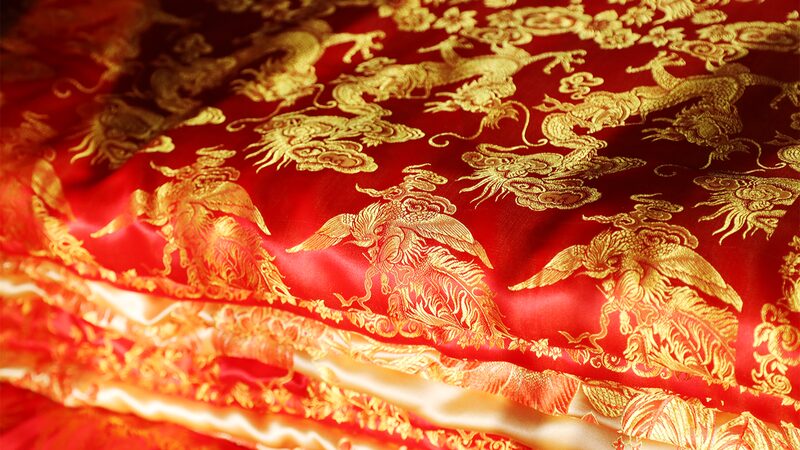In the heart of north China’s Shanxi Province lies Zhongyang County, a region renowned for its rich cultural heritage and the timeless art of paper-cutting. Zhongyang paper-cutting is not just an art form; it is a vibrant tapestry woven from the threads of local traditions, folklore, and rituals.
This intricate craft delves deep into the essence of the community’s heritage, exploring themes from local folklore, seasonal rituals, life ceremonies, and mythical legends. Each paper-cut is a story etched in red, symbolizing festivity and warmth, and meticulously crafted to reflect the community’s collective memory and beliefs.
Common motifs in Zhongyang paper-cutting include fish, frogs, snakes, and rabbits. These creatures are not mere decorations but represent various seasonal customs and folk myths. For instance, the fish symbolizes abundance and prosperity, while the rabbit represents longevity and good fortune.
The predominance of red paper in this art is significant. Red holds profound meaning in Chinese culture, embodying joy, vitality, and auspiciousness. Through the use of red paper, artists infuse their creations with life and convey heartfelt wishes for happiness and prosperity.
Today, Zhongyang paper-cutting continues to captivate admirers both within China and around the world. As modern aesthetics evolve, this traditional art form adapts while preserving its essence, bridging the past and the present. It serves as a testament to the enduring spirit of the local people and their dedication to keeping their cultural legacy alive.
Reference(s):
Chinese paper-cutting: A timeless art transforming modern aesthetics
cgtn.com
